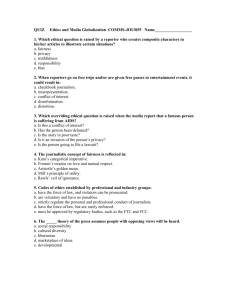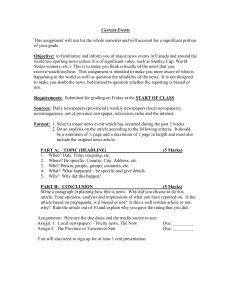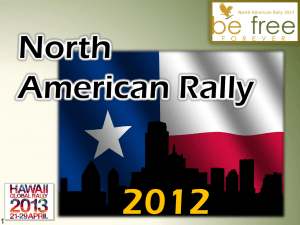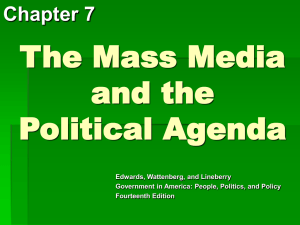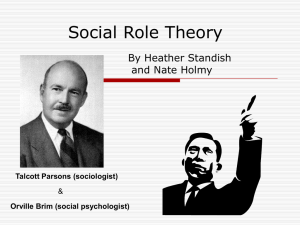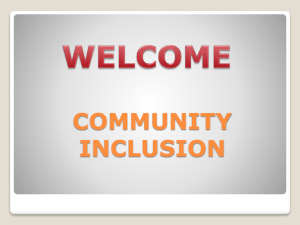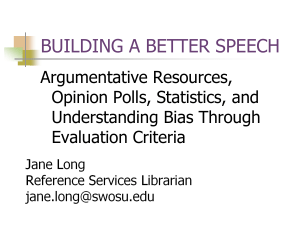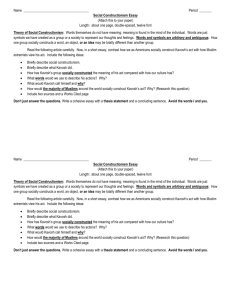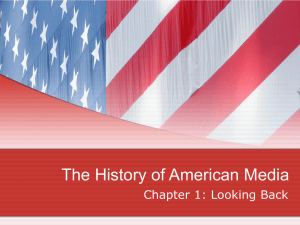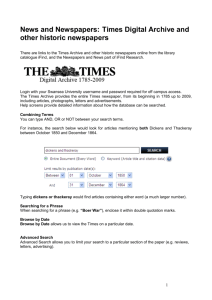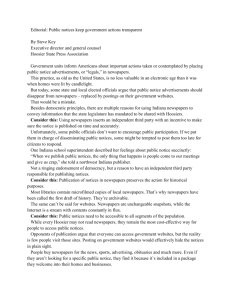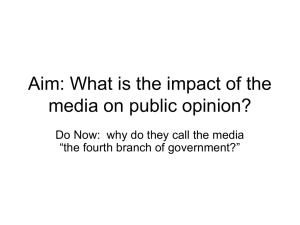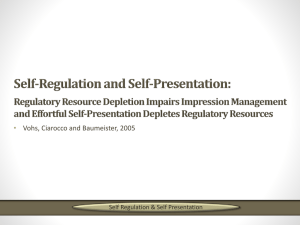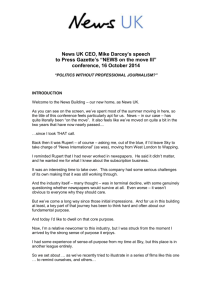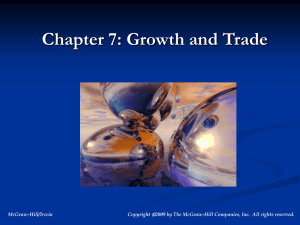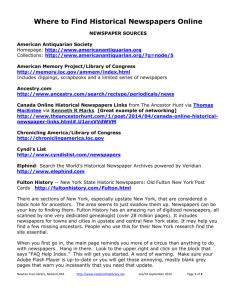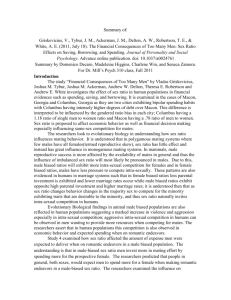The Social Construction of the news - h6a2sociology
advertisement
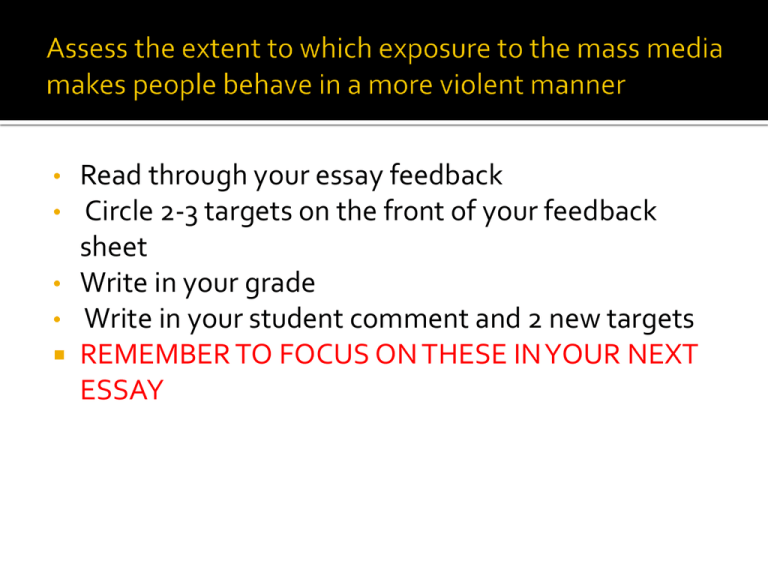
Read through your essay feedback Circle 2-3 targets on the front of your feedback sheet • Write in your grade • Write in your student comment and 2 new targets REMEMBER TO FOCUS ON THESE IN YOUR NEXT ESSAY • • Read through the example essay Highlight the key concepts, sociological terms and named sociologists in yellow Highlight the links back to the question in orange I will be away in Pendarren and Joanne is not in college next Thursday Complete the whole SCLY3 Media Paper under timed conditions Complete the background reading pack I have copied for you Which of the following sources of news would you most and least trust and why? How is the content of the news selected? Who decides which of these events or interests are worthy of media coverage? Is the news balanced and truthful or biased? Explain how what counts as ‘news’ is socially constructed Describe the ways in which organisational and bureaucratic routines leads to biased news Understand how ‘news values’ influence the content of the news There are an infinite number of events taking place each day. Those controlling the content of the media must be selective in what they present. This means that news is not an objective account of what is happening in the world but a partial picture of events defined as news. News is manufactured - it is socially constructed. News is not something that happens – plenty of things happen in the world without ever being classified as news - the news values of a media organisation are clearly important in terms of the initial selection of events The Construction of Reality in the News McQuail (1992) argues that news is socially manufactured, because ‘gatekeepers’ such as editors and journalists make choices and judgements about how much coverage they will give to certain events. Critics argue that the process of news selection is biased because it is dependent on 3 main influences: 1. Organisational or bureaucratic constraints 2. The News Values held by media organisations 3. Ownership, Ideology and Bias The processes in which news is collected may eventually lead to biases in what is being presented and reported. This can be illustrated in a number of ways: Read through the explanations of the ways in which this is illustrated and give each a title, no more than 3 words Many newspapers and TV news producers gather their stories from agencies who sell news items, such as the Press Association (PA) They may also receive press releases from pressure groups or government agencies who wish to publicise their activities. It is clearly very costly to keep sending news reporters over to foreign countries to collect news reports as often there is very little activity. This has lead to superficial treatment of events in developing countries, especially Asia and Africa. News reporting is restricted by TIME and SPACE available. For example a news bulletin may only last 15 minutes, therefore certain events or items may have to be excluded, the same goes for space allocated in newspapers. TV news has an advantage over newspapers, as it doesn’t really get affected by deadlines. TV News can transmit news live and as it happens e.g. The world Trade Centre attacks. However Newspapers must stick to deadlines- i.e. news that is to be shown in the newspapers the following morning must be gathered b about 10pm. Events are more likely to be shown on TV news if they can be presented with a speech, or a film clip, footage etc- this adds an element of drama to the event. Second factor that influences how the news is selected Spencer-Thomas (2008) notes that news values are general guidelines or criteria that determine the worth of a specific story. I.e. Is the story interesting enough to attract significant readership or audience? What Factors increase ‘NewsWorthiness’? Match the titles around the room to the 6 descriptions on your worksheet – write it onto your worksheet Think of a contemporary example for each news value – write that next to the description Unexpected or rare events have more newsworthiness than routine events because they are out of the ordinary…. The bigger the event the more likely it will be nationally reported. E.g. World wars or natural disasters. Events which are easy to grasp/understand are more likely to be reported than those which are open to interpretation. Those stories which show coverage of the famous and the powerful are often seen as more newsworthy than those which feature the general public. Events may be personalised by association with a particular celebrity or leader with the specific event. For example, the war on Iraq in 2003 was often presented as Bush and Blair Vs Saddam Hussein. Bad news seems to be more exciting to journalists than good news. News such as ‘There were no murders today’ is less interesting than ‘ Three people were shot today’ Go through the first 3 pages of the newspaper, tally up how many good stories there were in comparison to the ‘bad’ stories Which news values do you think this article has achieved? I will be away in Pendarren and Joanne is not in college next Thursday Complete the whole SCLY3 Media Paper under timed conditions Complete the background reading pack I have copied for you Explain how what counts as ‘news’ is socially constructed •Describe the ways in which organisational and bureaucratic routines leads to biased news Understand how ‘news values’ influence the content of the news. Media – SCLY 3 – th 15 June PM th Crime - SCLY 4 – 20 June AM www.h6a2sociology.wordpress.com
